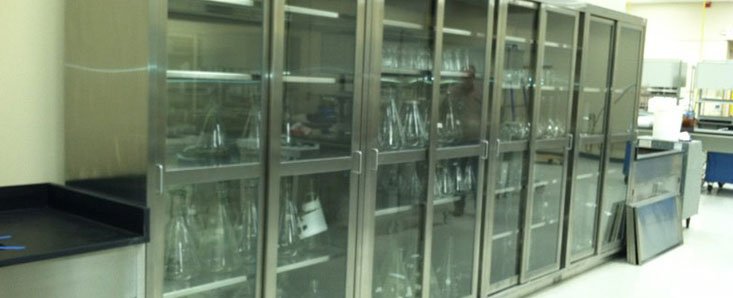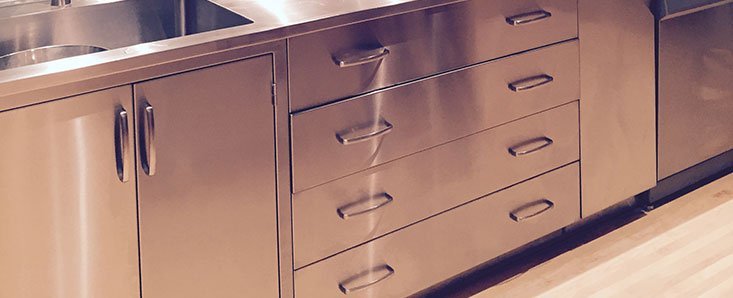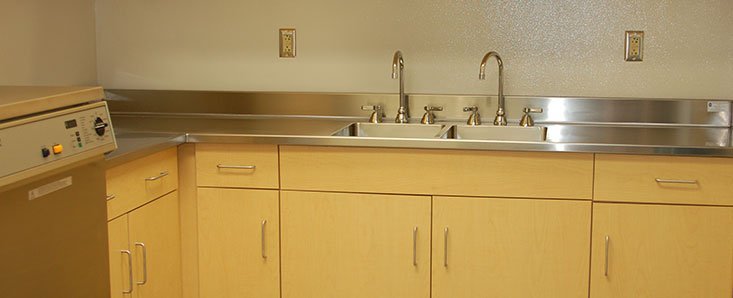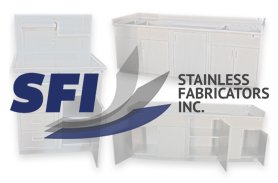Stainless Steel Industrial Equipment Brings More than Shine to many Industries
08.09.2021
Although stainless steel can deteriorate in certain conditions, it is highly resistant to corrosion. This is why it should be called “Stain-Resistant” Steel. The amount of chromium present in the alloy, at least five times greater than in carbon steel, is what gives stainless this rust-resistant property. It’s because of this Chromium element, various industries find this an attractive attribute for use in their facilities. You will find stainless steel commonly in labs and cleanrooms across the country. Stainless steel equipment is both durable and practical.
Stainless Steel Qualities are something to consider when designing your next project:
When the proper amount of chromium is present in stainless, a layer of chromium oxide forms on contact with air or moisture, protecting the underlying metal. This is very different from the reaction with carbon steel, which develops instead a layer of iron oxide – think rust – that speeds its further decomposition. Preventing surface corrosion and protecting the integrity of the material, stainless is a smart choice for equipment that has to endure harsh conditions.
Today, thanks to metallurgical advances, stainless steel is used to make pots & pans and cutlery, but it is also used to make equipment you find in a commercial kitchen, such as prep tables, cabinetry & countertops with integral sinks (think also many scullery sinks in a wash area).
Get the Rust Off With Modern Stainless Tables
Often subjected to extremely corrosive conditions, stainless steel is a popular choice for industrial equipment, primarily because of its resistance to rust. Eventually, rust flakes, contaminating whatever is on the table and exposing the metal to further corrosion in a self-destructive spiral. However, stainless steel is the obvious choice for industrial equipment that may be subjected to extreme conditions used in lab settings.
Stainless steel provides a solution to the harsh conditions often found in laboratory settings. It offers a material with the strength of steel that anticipates air and moisture and puts them to good use. It is the oxygen in both that combines with the chromium in stainless alloys to create a protective layer for them. Metallurgists figured out how to combine high chromium content with low carbon making todays stainless steel equipment, essentially rustproof.
Heat resistance is another property essential to work stations used in commercial kitchen/restaurant settings and a property highly valued in stainless steel equipment, particularly stainless steel prep tables & work stations. At extremely high temperatures, conventional steel can become too brittle and fracture. Accordingly, Grade 304 stainless steel is used in high quality industrial equipment, because it is virtually impervious to high heat
Carbide precipitation also comes with high heat, the chromium in stainless steel first combining with the carbon in it and then released into the air. It is another thing to consider when choosing the grade of steel to be used in industrial equipment. Able to withstand extreme heat, corrosion, high pressures, and forceful impact as well, industrial quality steel tables offer a variety of important variables when choosing stainless steel equipment.













